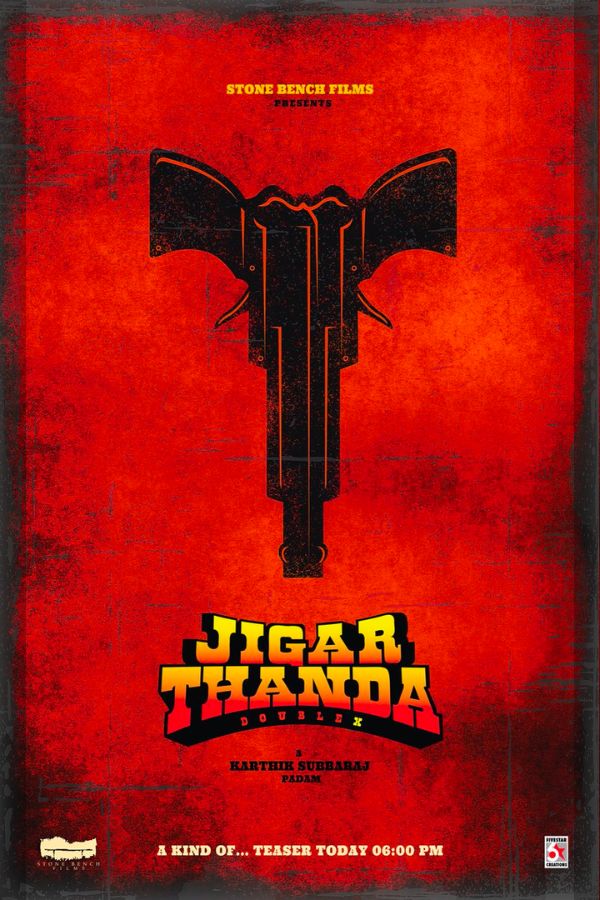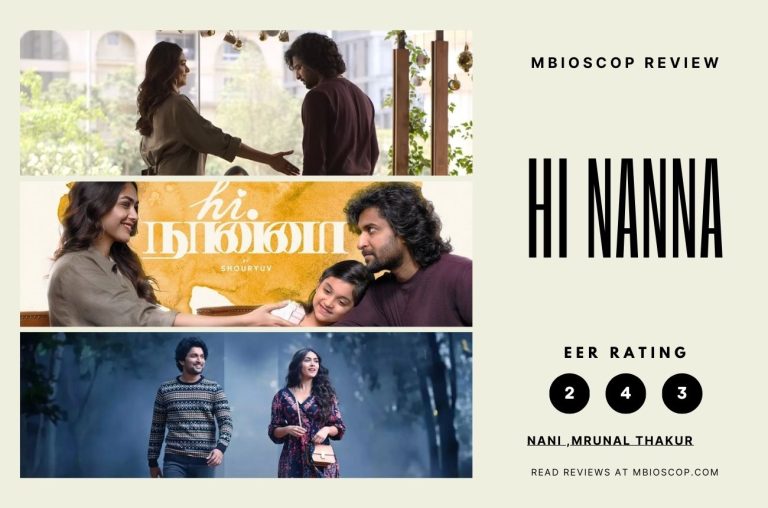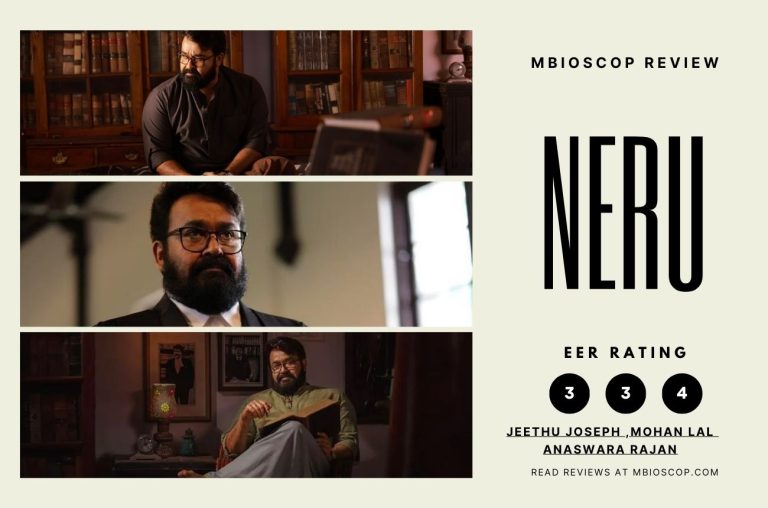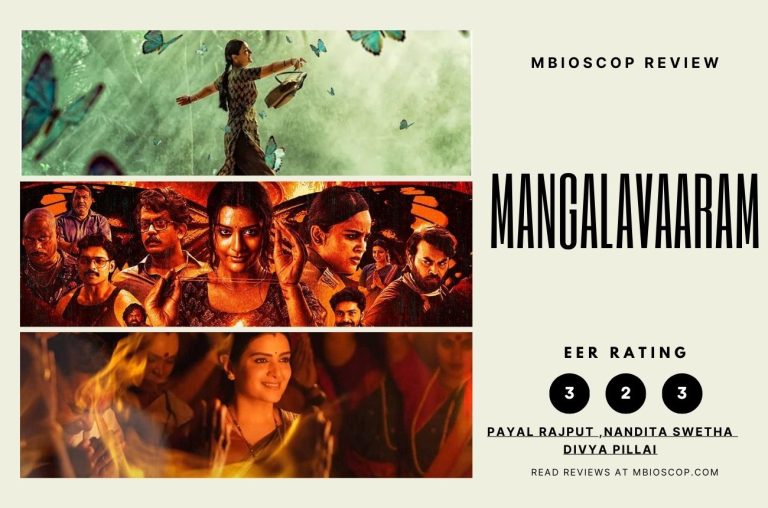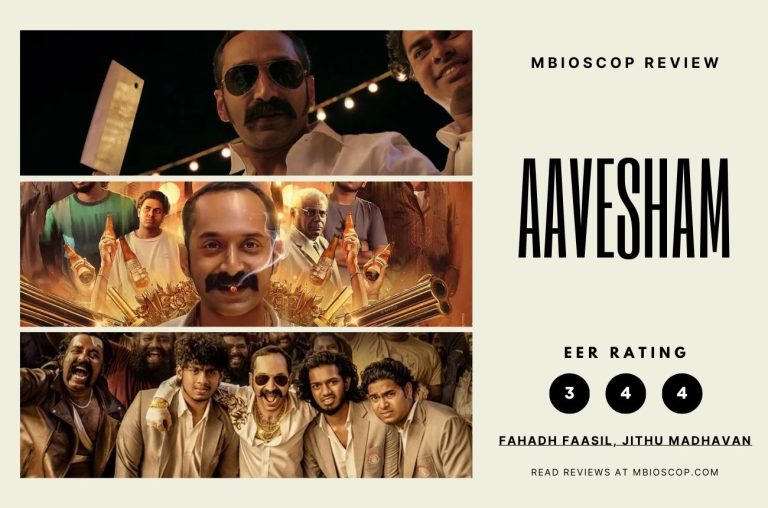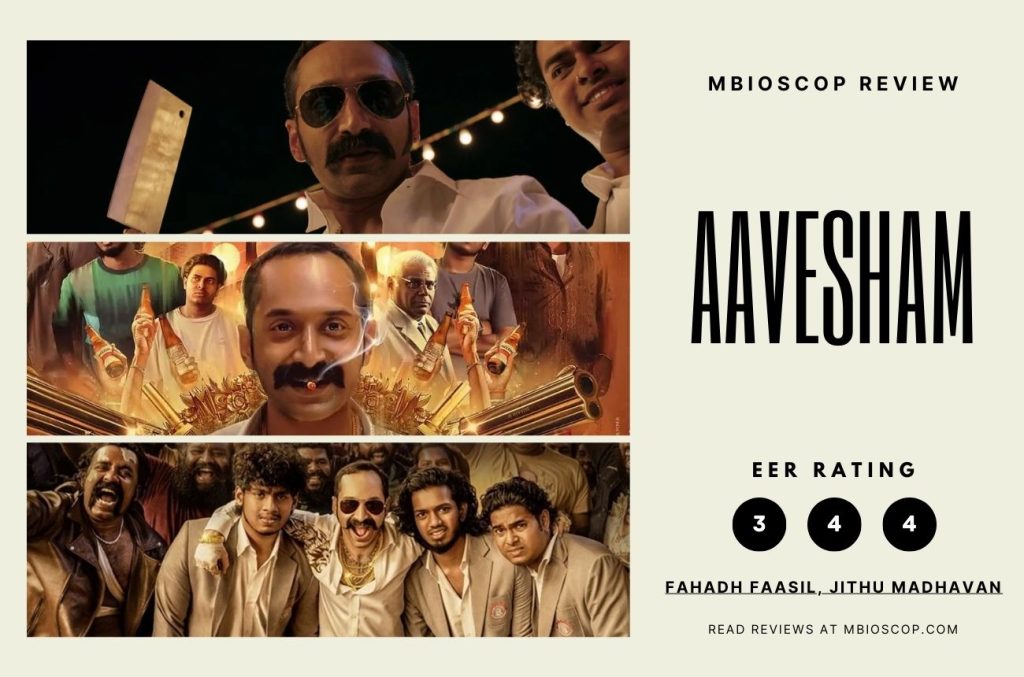In 2014, Karthik Subbaraj delivered the cinematic gem “Jigarthanda,” a meta-gangster narrative that skillfully merged the realms of filmmaking and rowdyism. Fast forward nine years, and the maestro returns with “Jigarthanda Double X,” a sequel that not only doubles down on its predecessor but surpasses it in ambition and emotional resonance.
A Cinematic Odyssey:
From the opening frames, it’s evident that Karthik Subbaraj is not merely crafting a sequel; he’s embarking on a cinematic odyssey. Clocking in at a substantial 172 minutes, the film packs a plethora of elements that can, at times, be overwhelming to absorb. The initial 30 minutes display a touch of impatience, with lead characters introduced in a somewhat conventional manner. However, trusting Karthik’s signature style, additional layers unfold, keeping the audience engaged.
The narrative unfolds as a massive saga, intricately interconnecting two starkly different worlds. The vibrant streets of Madurai, painted with hues of orange, brown, and red, collide with the lush, green forests of Kombai Sambala, creating a visual spectacle that mirrors the dualities within the protagonists’ journeys.
Humor Amidst Gravity:
Karthik’s knack for infusing humor into serious scenes remains a highlight, offering moments that beckon for a second viewing. The segments at Caesar’s house, where Suryah’s acting prowess shines, are a testament to the seamless blend of humor and gravity.
Tributes and Nuances:
Continuing the tradition from the first film, “Jigarthanda Double X” is adorned with numerous hat-tips to Tamil cinema. Characters like Bava Chelladurai pay homage to the late veteran filmmaker S Balachandar, adding layers of nostalgia for cinema enthusiasts. While some references may lack subtlety, others, like the use of ‘Malarndhum Malaradha,’ are delicately placed, enhancing the viewing experience.
Duality Explored:
What distinguishes “Jigarthanda Double X” is Karthik’s profound exploration of duality. The film intricately weaves the two heroes in and out of two contrasting worlds, blurring the lines between reality and fiction. The symmetrical frames that bifurcate a gun from a camera and a gun from a spear add depth to the characters’ journeys.
Kirubai emerges as the true protagonist, while Caesar becomes a mere puppet to the situation. Both traverse paths of self-discovery—one overcoming fear, the other reclaiming oneself from pain. The performances by Suryah and Lawrence are nothing short of spectacular. Suryah convincingly portrays his character’s moral dilemma, having witnessed two sides of the same man, while Lawrence elicits genuine empathy for the ruthless gangster Caesar’s true self.
Seamless Tonal Shift:
Similar to the unexpected tonal shift in the original “Jigarthanda,” the sequel executes a tonal shift with conviction and heart. The sudden political narrative unveils an unseen facet of Karthik Subbaraj as a filmmaker. The audience, alongside the clueless heroes, seamlessly transitions into this new realm. Santhosh Narayanan’s exceptional score helps narrative to impact as director wants.
Heartfelt Cinematic Mastery:
“Jigarthanda Double X” stands as Karthik Subbaraj’s most heartfelt creation. By capturing only the soul of the 2014 film, the sequel stands independently, avoiding any unfavorable comparisons. However, it transcends expectations, truly becoming a Double X of “Jigarthanda” in every sense. The film is not merely a sequel; it’s a cinematic journey that explores the depths of human emotion, the nuances of cinema, and the intricate dance between reality and fiction.
In essence, “Jigarthanda Double X” is a cinematic spectacle, a testament to Karthik Subbaraj’s storytelling prowess and his ability to push the boundaries of conventional filmmaking. It’s not just a movie; it’s an experience that lingers, inviting audiences to delve into the rich fabric of duality, ambition, and the magic of cinema.


